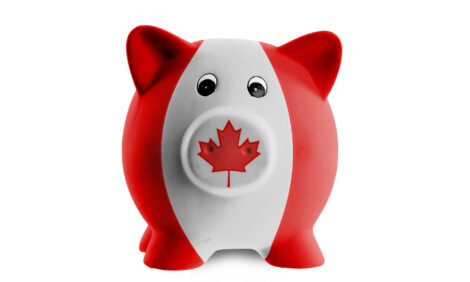



Weekly Outlook: Pork Outlook Brightens
US - The latest inventory count from USDA indicates that the greater liquidation of the breeding herd will drop pork production more than had been anticipated, writes Chris Hurt, extension economist at Purdue University.Reduced supplies will be complemented by much stronger demand given recovery in the US economy and continuing expansion of pork exports. This means robust profits will return for producers. Profits are forecast at about $18 per head this year, compared to an average loss of $20 per head in 2008 and 2009.
The breeding herd on 1 March dropped by four per cent from the inventory of a year-ago, representing 232,000 fewer head. Most startling was the further collapse of the North Carolina herd. That herd was down 50,000 head last December and had an additional fall of 50,000 head in the last three months, for a total of 100,000 head reduction over the past year. This likely reflects the decisions of large integrators to further reduce their herds, as well as the bankruptcy and liquidation of the 30,000 sows in the Coharie operation last November. Given continued environmental concerns surrounding hog production in the state, this may signal a longer-term decline in hog populations there. The smaller breeding herd means farrowings will be down about four per cent this spring and about three per cent in the summer. Pork production is now expected to drop by about three per cent for the year.
If consumers want pork in 2010, they will have to pay up. While pork production will be down about three per cent, the amount of pork per person available in the US will drop more sharply, declining by about five per cent. This is because USDA expects pork exports to expand by eight per cent, which takes product out of the domestic market. In addition to much less pork, rising US incomes mean there will be more competition for those limited pork supplies. There will be less competition from beef, as domestic availability is expected to be down two per cent as well. This should give rise to sharply higher retail prices of pork, especially this summer and fall.
Hog prices in the first quarter have averaged about $50.50 on a live weight basis for 51 per cent to 52 per cent lean carcasses. Prices are expected to move sharply higher over the next two months and could reach into the low $60 for daily highs in the late spring and summer. Quarterly averages are expected in the mid-to higher $50s for both the second and the third quarters and then the very low $50s for the fall and winter quarters.
The outlook for lower feed costs is another important factor leading to those glorious profits. The pork industry has finally reduced the herd to a level that can support $3.50 per bushel corn. Total costs of production for farrow-to-finish production in 2010 are estimated at about $47, down from $54 in 2008 and $50 in 2009. There is considerable optimism that the entire animal sector is now emerging into a period of better equilibrium between the prices of feed and animal product prices. This equilibrium has been reached by severe losses that resulted in reductions in animal production and by slowing growth in demand to use crops for biofuels, increasing crop yields, and a growing crop acreage base as some CRP land comes back into production.
Profits for hog producers are expected to peak this spring and summer at about $25 to $30 per head, moderate seasonally to around $10 per head in the late fall and winter, and average around $18 a head for all of 2010. At this early point, prospects appear to be very favorable for 2011 as well.
Given this rosy outlook, should producers begin expansion? Most will say NO! I cannot remember a time when there have been so many possible negative events from outside the pork industry that should make producers cautious. We can start with traditional environmental concerns that include odor and water. But that has now been extended to potential negative implications of animal production if climate (carbon) legislation moves forward. Then there is the Humane Society of the US that is going directly to the voters to change management practices on animal farms. There is the “small family farms“ initiative that is anti-commercial agriculture. This is certainly being reinforced by the Department of Justice now looking more closely into large scale commercial agriculture. In addition, there are advocates for “local“ production, often associated with small-scale production. Groups continue to hammer on the human health impacts of animal product consumption and US policy in recent years has strongly favored using crops for biofuels rather than food.
And finally, most lenders will not be willing to extend credit for expansion until balance sheets are enhanced. So, let’s follow the lenders lead and give the pork industry a year to get back on its financial feet, and give the world a little more time to sort out how important food is compared to fuel.
Further Reading
| - | You can view the USDA's Quarterly Hogs and Pigs Report by clicking here. |








